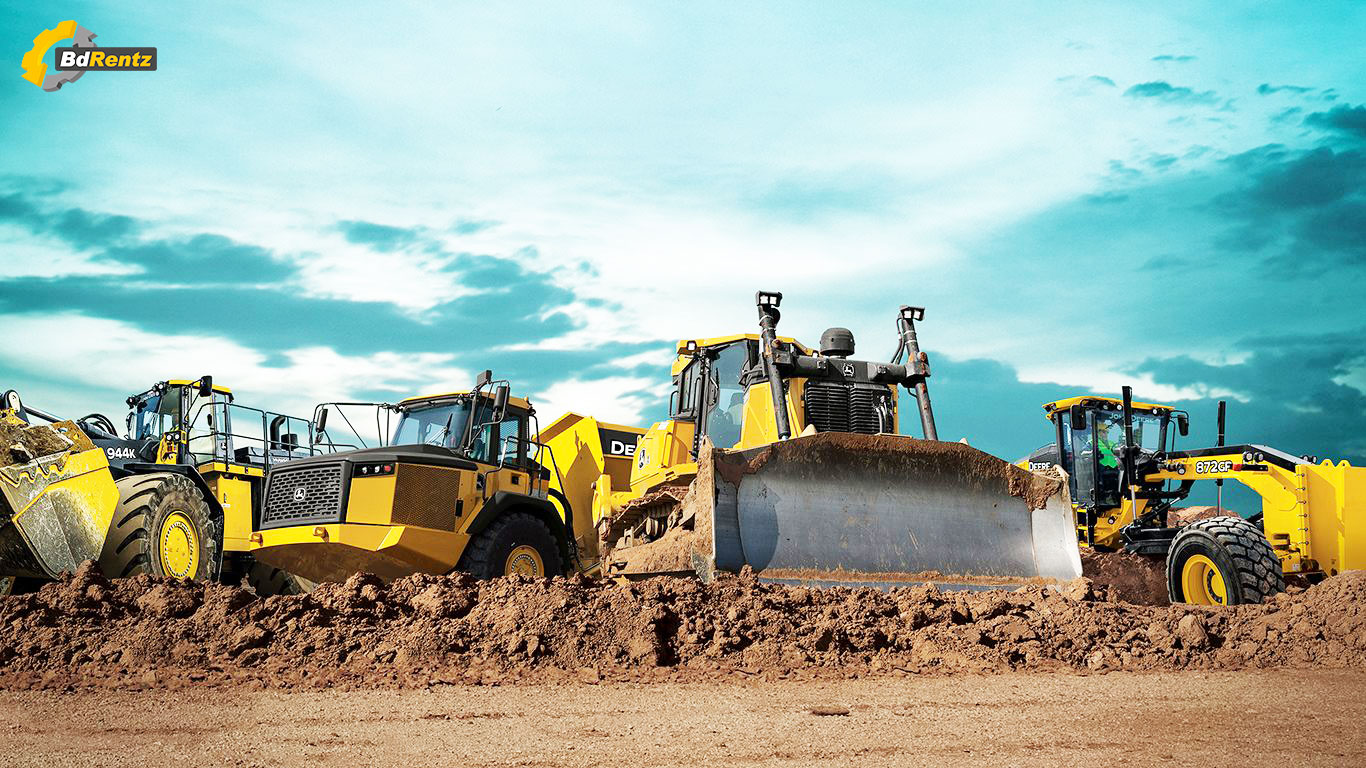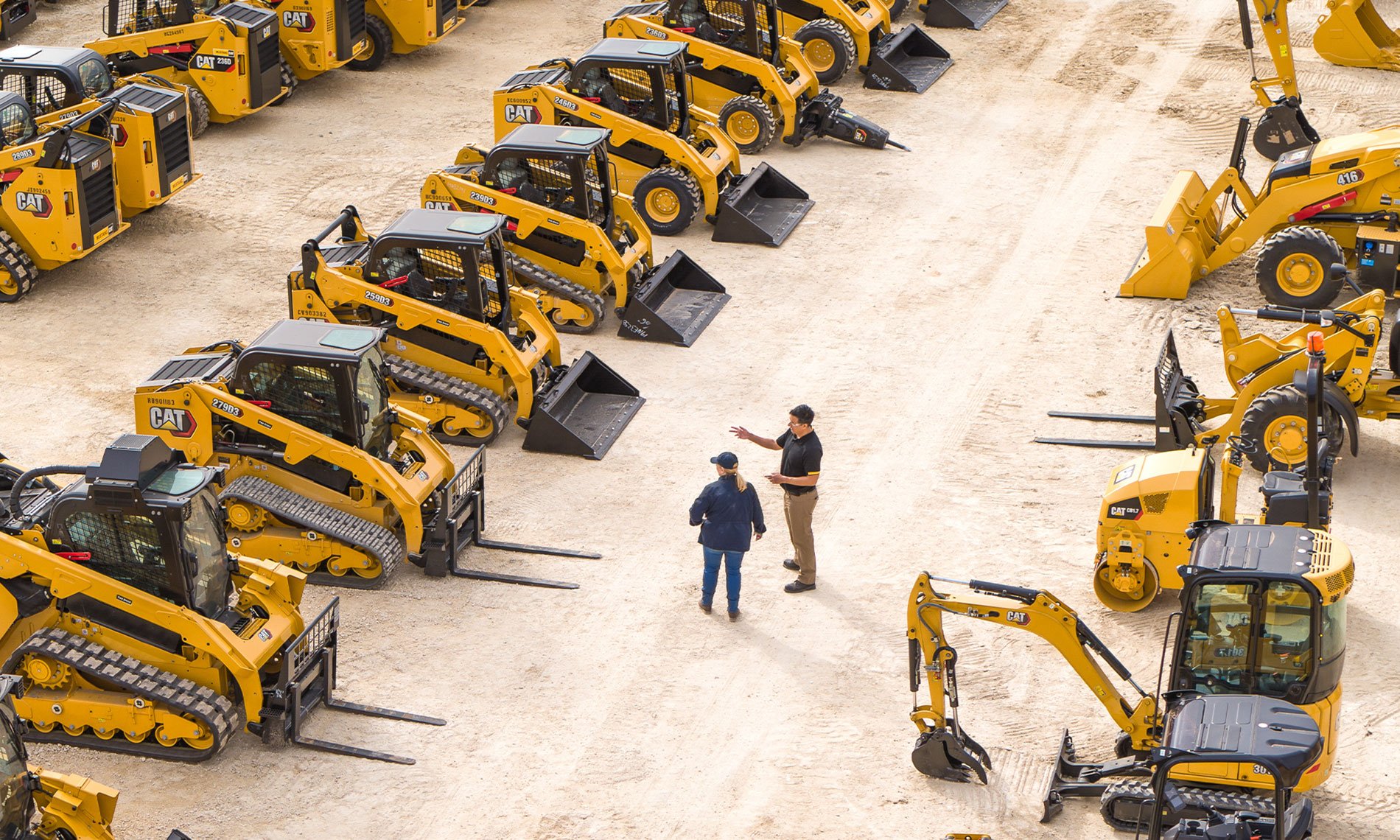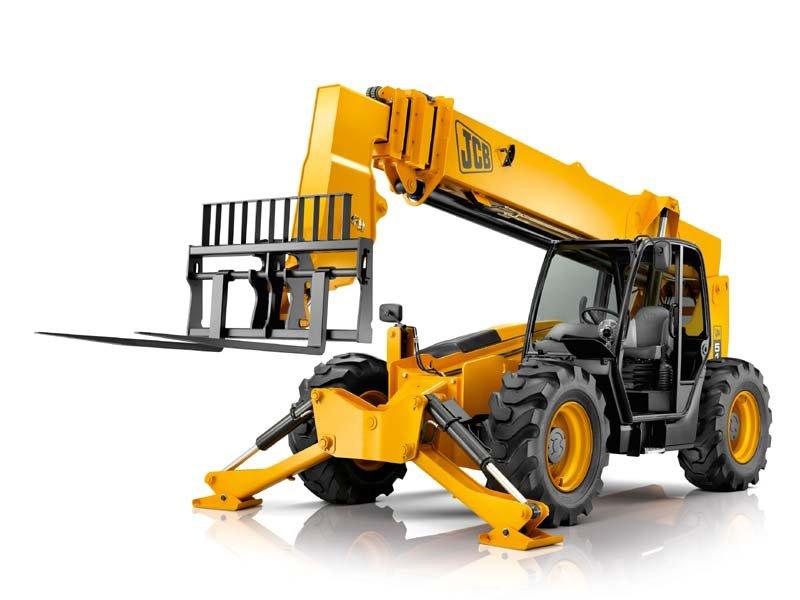Optimize Your Spending Plan by Understanding the Prices Related To Construction Equipment Leasings
Understanding the full scope of prices associated with building and construction equipment leasings is essential for optimizing your budget plan. What approaches can be employed to successfully take care of these costs and make certain a much more reliable rental experience?
Review of Rental Prices
When taking into consideration building equipment services, comprehending the linked expenses is paramount for efficient budgeting and project preparation. Rental costs can differ substantially based on numerous elements, consisting of devices kind, duration of leasing, and area. The preliminary rental charge typically shows the devices's market demand and its associated functional abilities, influencing the total expense.
In enhancement to the base rental rate, supplementary costs might occur, such as transport fees, gas surcharges, and upkeep charges. It is vital to make up these extra expenditures to accurately evaluate the total cost of renting out equipment. Moreover, the rental duration can affect pricing; longer leasings might certify for discounted rates, while temporary rentals could sustain higher everyday fees.

Breakdown of Rental Prices
A comprehensive understanding of rental rates is important for professionals and job managers aiming to maximize their spending plans. Rental prices for building and construction tools commonly contain several elements, including base rates, time-based costs, and use costs.
Base prices are the core costs connected with the service of the devices, typically figured out by the type and dimension of the machinery. These rates can differ dramatically, affected by elements such as devices need, accessibility, and regional market trends. Time-based charges, which might be daily, weekly, or monthly, serve to suit various job timelines and rental durations.
In addition, rental prices may consist of use charges, which are relevant when devices is utilized past a specified threshold, ensuring that the rental firm can represent wear and tear. Seasonal need fluctuations can additionally impact rental prices, with peak building seasons typically commanding greater costs.
Furthermore, recognizing the rental business's plans concerning upkeep and insurance can give further understanding into the total expense structure. By examining these components, contractors can make educated choices, ensuring the option of rental devices aligns with both task demands and budget restraints.
Added Costs to Think About
Comprehending the details of additional fees is vital for contractors to manage their overall service expenses effectively. Beyond the conventional rental prices, numerous supplementary fees can dramatically influence the total cost of equipment rental. These fees commonly consist of distribution and pick-up costs, which can differ based upon distance and logistics entailed in carrying the equipment to and from the work site.
Moreover, some rental business may impose fuel surcharges if the equipment is returned with less fuel than when rented. It is likewise important to know possible cleansing fees, particularly for specialized equipment that needs extensive upkeep after use.

Completely evaluating the rental agreement and clarifying these added charges upfront can aid service providers ensure and stay clear of unforeseen prices that budget plans stay intact throughout the task lifecycle.
Maintenance and Repair Expenditures
Regular repair and maintenance costs are commonly neglected variables that can substantially influence the general expense of construction tools rentals. When renting out equipment, it is critical to think about not only the rental costs but likewise the potential expenses linked with maintaining the machinery in ideal operating problem.
Numerous rental firms consist of fundamental maintenance as component of the rental agreement; nevertheless, more unexpected break downs or considerable repairs can result in added expenditures. It's necessary to evaluate the rental agreement meticulously to understand what maintenance services are covered and what obligations fall on the tenant.
Furthermore, equipment that is not properly maintained can cause inadequacies at work site, potentially increasing and causing delays job expenses. To reduce these threats, it is suggested to conduct regular inspections and maintain open communication with the rental service provider relating to any type of problems that develop during use.
Insurance Coverage and Liability Costs
Insurance and liability prices are critical components that can significantly affect the general cost of building equipment rentals (mini excavator rental). These expenses guarantee that both the rental company and the client are shielded from prospective monetary losses arising from crashes, damage, or theft throughout the rental period

Furthermore, clients ought to know any type of deductibles or exclusions in the insurance plan, as these can influence potential out-of-pocket expenditures. Understanding the conditions of any insurance protection is important to stay clear of unforeseen prices. Eventually, budgeting for insurance coverage and liability costs can help guarantee a smoother rental experience and shield against monetary threats connected with construction jobs.
Verdict
To conclude, a thorough understanding of the costs connected with construction devices services is important for efficient spending plan management. By evaluating rental prices, additional charges, upkeep expenditures, and insurance people, requirements and organizations can decrease unexpected expenses. This critical strategy not just enhances cost-effectiveness but also guarantees that tasks proceed efficiently and successfully. Eventually, informed decision-making regarding equipment leasings adds to the general success of construction ventures.
Rental costs can differ substantially based on numerous elements, consisting of devices kind, duration of service, and place (heavy heavy dolly rental equipment rental). The rental duration can affect rates; longer rentals may certify for affordable prices, while short-term services browse this site may incur greater day-to-day costs
By carrying out comprehensive research and involving with respectable rental firms, professionals can successfully navigate the complexities of rental rates, ultimately optimizing their financial sources.
Beyond the typical rental rates, numerous supplementary charges can substantially influence the complete price of devices service. Rental business typically provide obligation insurance policy that covers injuries to third events or damages to home, while tools damages insurance can cover the expense of repair services or substitute if the rented out equipment is damaged.